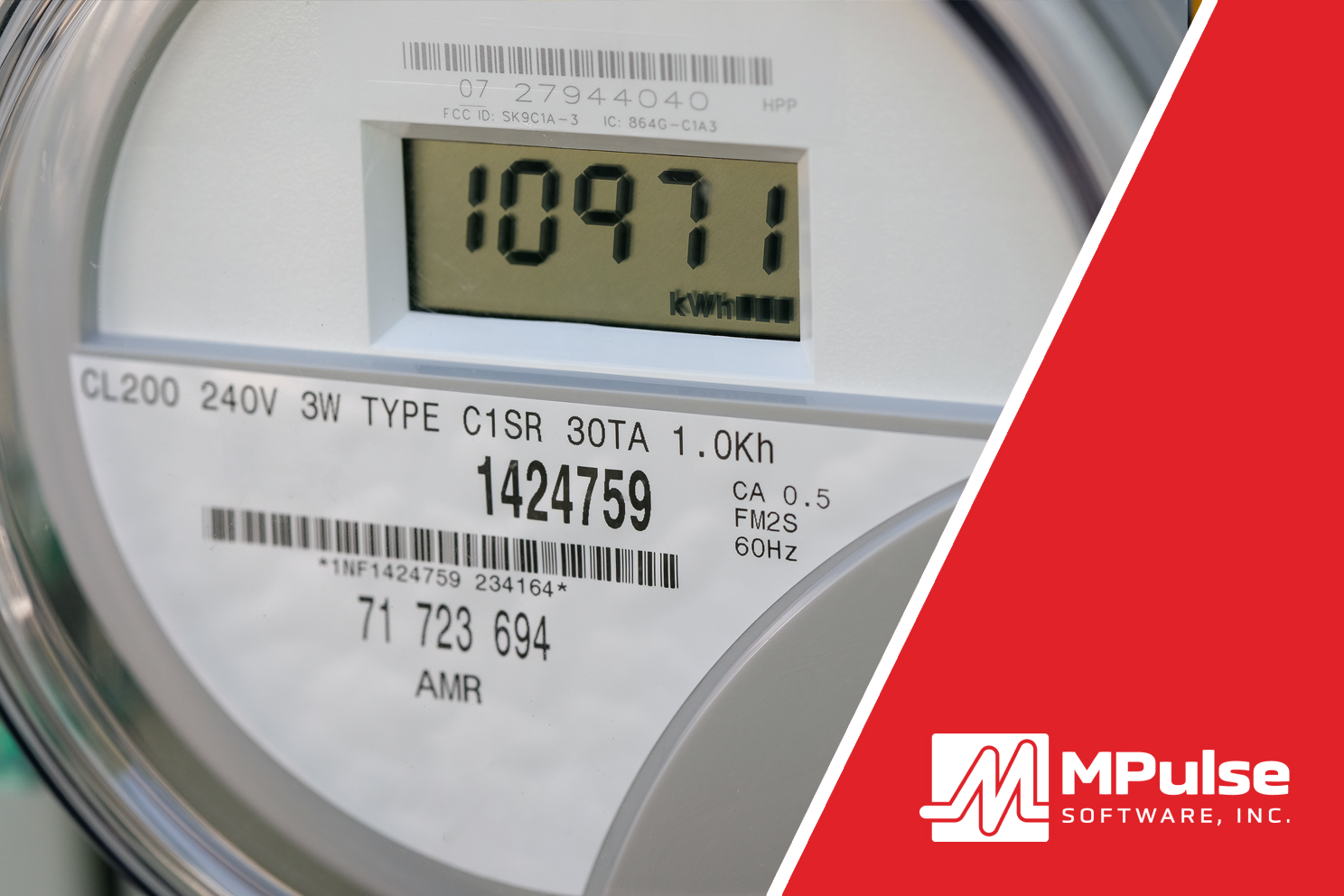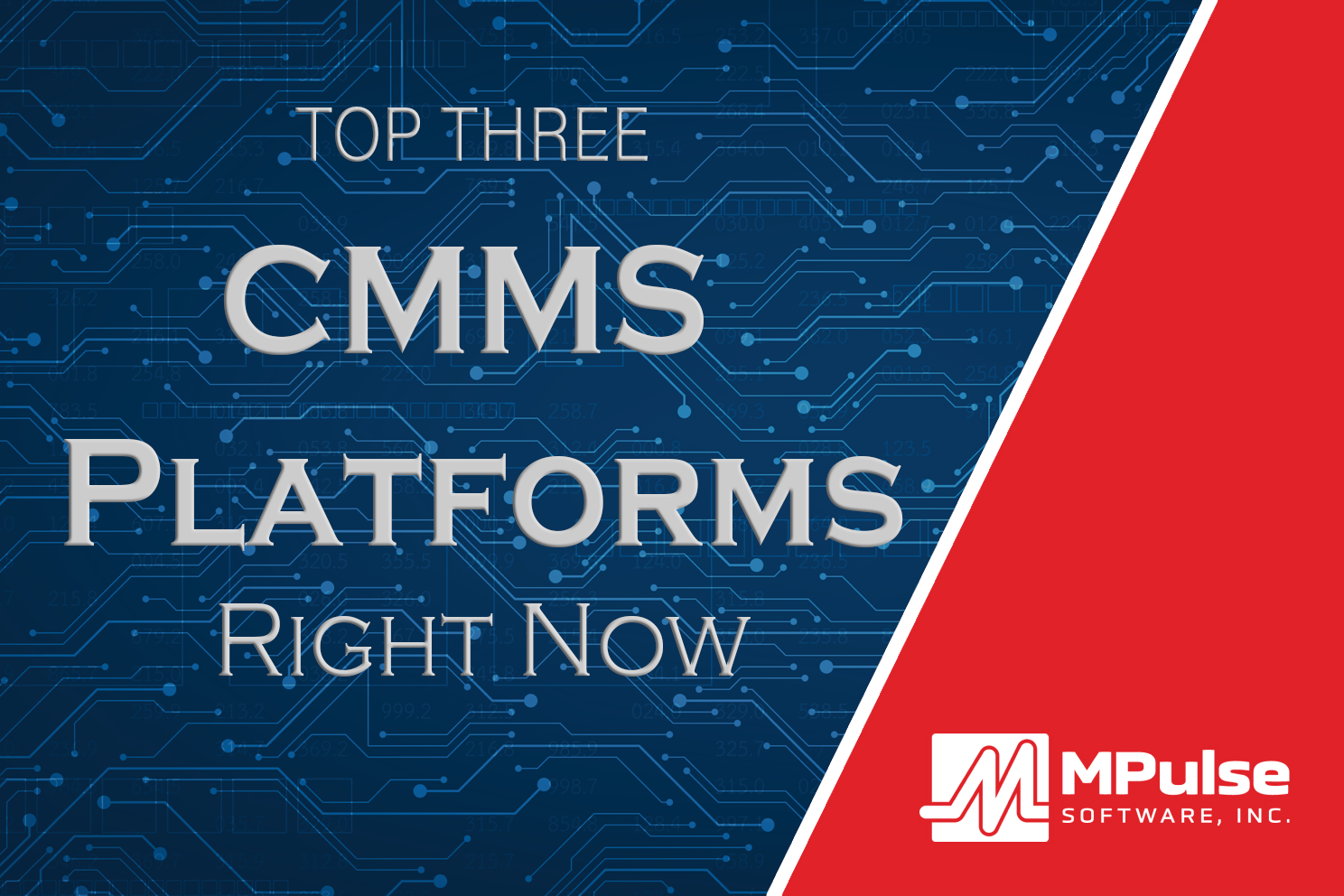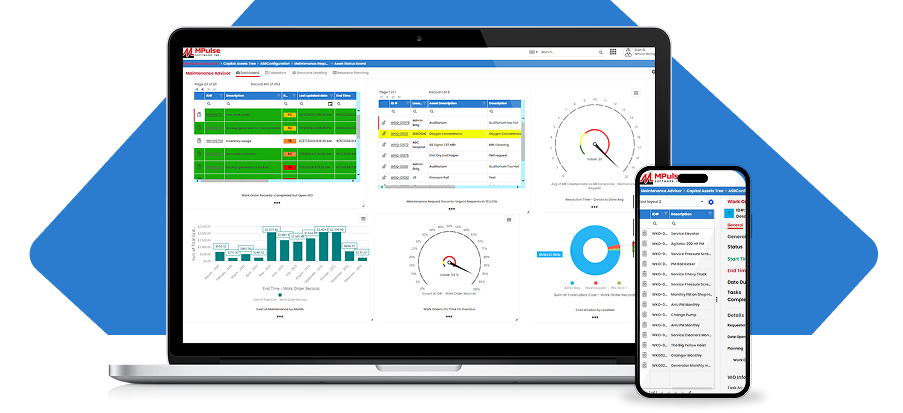Keeping a building in good shape does more than just make it look nice. It helps your equipment work better, saves energy, and keeps you from wasting water or power.
Large buildings (like schools, offices, stores, manufacturing facilities, and apartment complexes) can rack up big utility bills for electricity, water, gas, and trash services. Regular maintenance can play a big role in keeping those costs down.
Table of Contents
What Is Building Upkeep?
Building upkeep means maintaining everything inside and outside the building. Maintenance tasks often include:
- Fixing broken parts
- Checking heating and cooling systems
- Cleaning air filters
- Repairing windows and doors
- Inspecting lights, pipes, and equipment.
When maintenance is done regularly, everything works the way it should. And, assets that work better translates into lower utility bills.
How Building Maintenance Lowers Utility Bills
Let’s look at how building maintenance lowers utility bills, so your organization can save money every month.
1. Fixing HVAC Leaks Saves Heating and Cooling Costs
One of the biggest energy expenses in a building is keeping it warm in winter and cool in summer. But your building has leaks around windows, doors, or in the roof, all that heated or cooled air escapes outside. That means the heater or air conditioner has to work harder, using more energy.
How building upkeep helps: Regular maintenance includes checking for air leaks and sealing them with caulk or weatherstripping. This preventive maintenance keeps the temperature steady and cuts down on how often the system needs to run.
2. Cleaning Air Filters Improves Efficiency
HVAC systems have filters that catch dust and dirt. When these filters get clogged, the system has to work harder to push air through. This uses more electricity and can wear out parts faster.
How building upkeep helps: Replacing or cleaning air filters every 1–3 months keeps air moving freely. That means better airflow, cleaner air, and lower energy bills.
3. Regular HVAC Checks Prevent Big Energy Waste
HVAC systems are some of the biggest energy users in any building. When parts get old, broken, or out of balance, the system uses more power than it should.
How building upkeep helps: A well-maintained HVAC system runs smoothly and uses less energy. Technicians can check for broken fans, low refrigerant, or blocked vents before they cause problems.
4. Upgrading to Energy-Efficient Lights Cuts Costs
Old lights, especially fluorescent or incandescent bulbs, use a lot of energy. If lights are left on all day in offices, hallways, or bathrooms, the cost adds up fast.
How upkeep helps: Maintenance teams can replace old bulbs with energy-saving LEDs. These lights use up to 80% less energy and last much longer. They can also install motion sensors, so lights turn off when no one is in the room.
5. Fixing Leaky Faucets and Toilets Saves Water
A dripping faucet might not seem like a big deal, but it can waste hundreds of gallons of water every year. Leaky toilets can waste even more. And all that wasted water means a higher water bill.
How upkeep helps: Regular plumbing checks can find and fix leaks quickly. This type of maintenance stops the waste and keeps your water bills under control.
6. Insulating Pipes and Water Heaters Saves Energy
Hot water heaters and the pipes that carry hot water can lose heat if they’re not insulated. So, the water heater has to work harder to keep the water warm.
How upkeep helps: Adding insulation to hot water pipes and the water heater tank reduces heat loss. As a result, you use less gas or electricity to heat the same amount of water.
7. Cleaning Vents and Ducts Helps Air Flow
When vents and air ducts get dusty or blocked, air can’t move through the building properly. That makes the HVAC system work too hard, which uses more energy.
How upkeep helps: By cleaning vents and ducts every year or two, you help the system work better. You also get cleaner air and a more comfortable building.
8. Using a Maintenance Schedule Prevents Surprises
One of the best ways to keep your utility bills low is to stop small problems before they become big ones. A simple checklist or calendar can help.
How upkeep helps: When building managers or maintenance staff follow a preventive maintenance schedule, everything works better. Plus, you avoid prevents surprise energy spikes on your bills.
Real Savings Over Time
Good maintenance helps equipment last longer. That means fewer repairs, fewer replacements, and less money spent in the long run. Lower utility bills also mean more money to spend on other important things, like upgrades, safety improvements, or expansions.
Building upkeep isn’t just about fixing broken things. It’s about working smarter. When you take care of the heating, lights, plumbing, and air systems, you keep everything running smoothly and save money at the same time.
So don’t wait until something breaks. Start a scheduled maintenance routine, and watch your bills shrink month by month. MPulse can help. Contact us.






